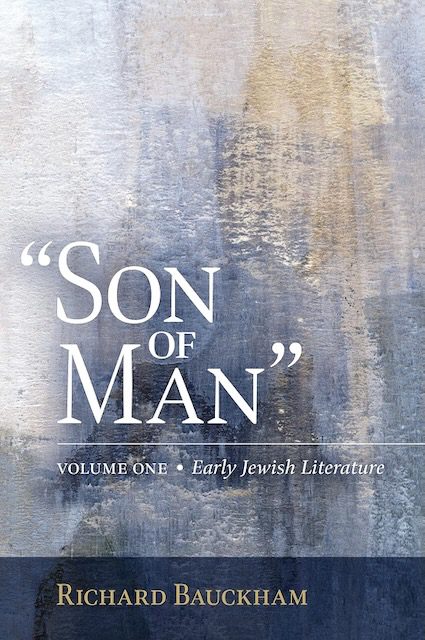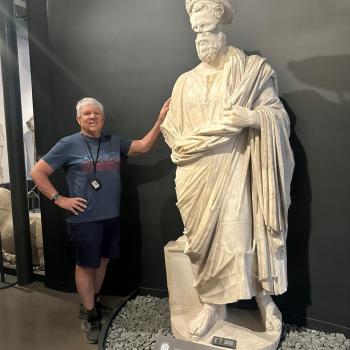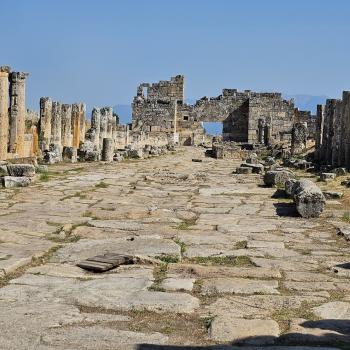Q. Along the way as you researched and wrote these two volumes, you made some interesting, and perhaps surprising discoveries, and perhaps the most surprising is that you do not see the ‘one like a Son of Man’ figure, at least in Jewish literature, as a quasi-divine figure, but rather as simply a human being (not some sort cipher for a collective group of people) who is being invested by the Almighty to be the judge of the world and to rule forever. How did you arrive at this conclusion? Was this because in the Enoch literature the Son of Man is clearly Enoch?
A. More precisely, I found that in all the literature in which we find some kind of identification of the figure in Daniel 7:13 he is understood to be a human who had lived on earth in the past and is now in heaven or paradise awaiting the eschatological role which Daniel 7 described. I certainly did not expect to find this. I came with an open mind to each of these texts, and certainly my understanding of the Parables of Enoch did not determine my reading of the others. Where the texts differ is over which human figure of the past is in question. I think the exegetes came to Daniel 7:13, understood the figure to be human, and then asked: which human figure could that be. I find no trace of an idea that the figure is angelic or divine. It is also relevant that most of these writers apply prophecies about the Messiah son of David (e.g. Isaiah 11) to this same figure. They certainly do not envisage more than one “messianic” figure: the human Messiah son of David and the “transcendent” “Son of Man,” one born on earth, the other heavenly and eternal. Scholars have supposed that the figure in Daniel 7:13 and in Jewish texts echoing that verse is a more-than-human figure because he comes from heaven. Jewish exegetes, on the contrary, reconciled all these prophecies by supposing that the one who will come from heaven was born on earth in the past. I point out clear traces of this idea in rabbinic literature as well. I think this is both the most important conclusion of this volume and the one that surprised me most.














